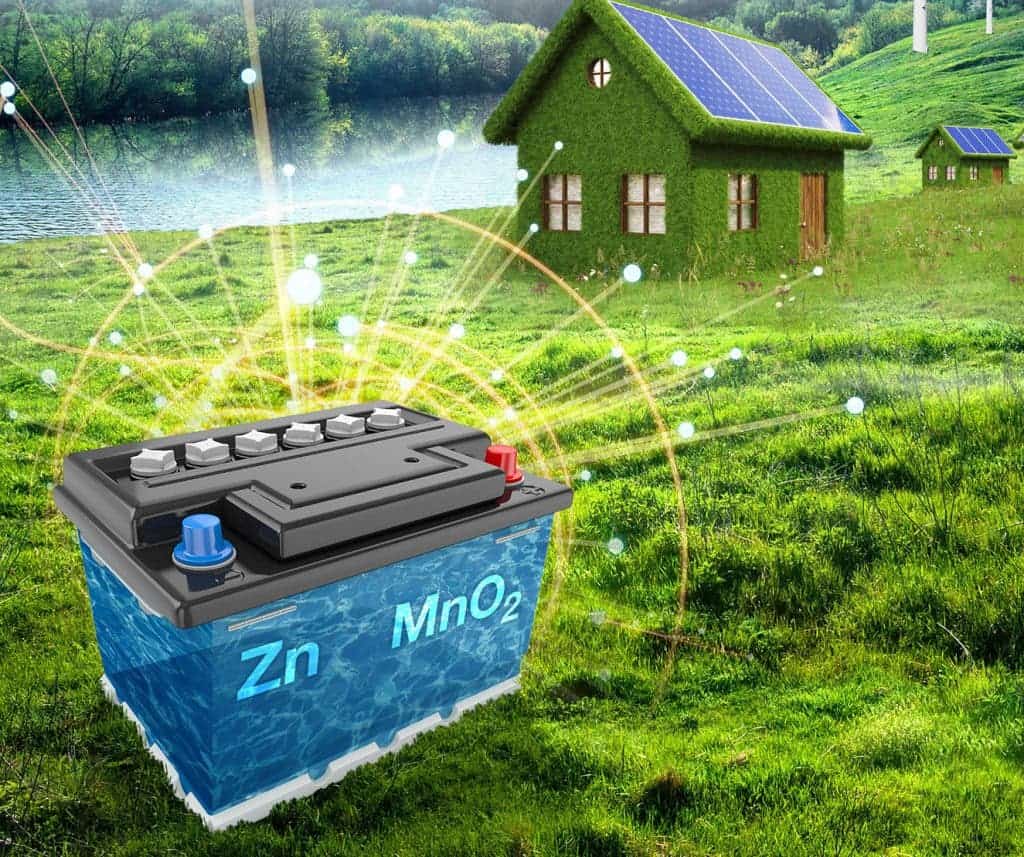For decades, researchers have been toying around with zinc-manganese batteries in search of an alternative for the far more popular, yet very expensive lithium-ion variety. In theory, these are as inexpensive as the lead-acid batteries that power your car, while at the same time carrying far more energy density. If these are so good, why haven’t you heard about them? Because they haven’t worked, becoming useless fast after only a hundred or so charge-discharge cycles. An innovative research suggests the failure is based on a wrong assumption that Zn-Mn batteries work like Li-ion. Once they understood how these batteries actually work, a team of scientists stored energy in a Zn-Mn battery for 5,000 cycles, while retaining 92 percent of its initial storage capacity.

A lithium-ion battery relies on a process called intercalation to charge and discharge, which involves lithium ion entering and exiting through micro-gaps in between the atoms that comprise the battery’s two electrodes. Researchers from the Department of Energy’s Pacific Northwest National Laboratory assumed this is how rechargeable zing-manganese oxide battery would work as well, with zinc ions moving in a similar fashion in and out of the electrodes.
Set out to investigate these fascinating batteries, NNL Laboratory Fellow Jun Liu and colleagues made zinc-manganese batteries with a negative zinc electrode, a positive manganese dioxide electrode and a water-based electrolyte in between the two. Surprise, surprise. This battery failed quickly after a couple of cycles, just like others before it.
It finally hit the team what was wrong after they used sophisticated instruments like Transmission Electron Microscopy, Nuclear Magnetic Resonance and X-Ray Diffraction to examine the electrodes. Their analysis revealed that the manganese oxide was reacting with protons from the water-based electrolyte, which created a new material, zinc hydroxyl sulfate. Of course, it now makes sense why these batteries failed so early — when one of your electrodes starts transforming into something else, this is bound to happen. It’s actually amazing no one figured this out earlier.
Liu and team countered the reaction by adding manganese ions to the electrolyte. When the new battery was tested it performed over 5,000 cycles while still retaining 92 percent of the initial energy density of 285 milliAmpere-hours per gram. That’s roughly three times less than a Li-ion battery can store, but this Zn-Mn battery should be far cheaper.
“This research shows equilibrium needs to be controlled during a chemical conversion reaction to improve zinc-manganese oxide battery performance,” Liu said. “As a result, zinc-manganese oxide batteries could be a more viable solution for large-scale energy storage than the lithium-ion and lead-acid batteries used to support the grid today.”
Researchers will continue to investigate the inner workings of the zing-manganese oxide battery and hopefully this study will inspire some businesses to produce a pilot batch. These sort of batteries might prove extremely useful in storing renewable energy. Solution’s like Tesla’s Powerwall look great, but we can imagine a similar product that’s incredibly cheap, albeit quite sizeable. I can envision micro-grid communities who would also benefit a lot. Hopefully, this research won’t be forgotten in the annals of science like other fundamental battery studies before it.
“This finding opens new opportunities for the development of low-cost, high-performance rechargeable aqueous batteries,” the researchers conclude in the study’s abstract.


